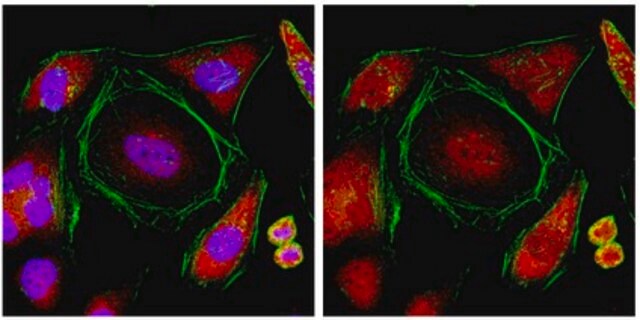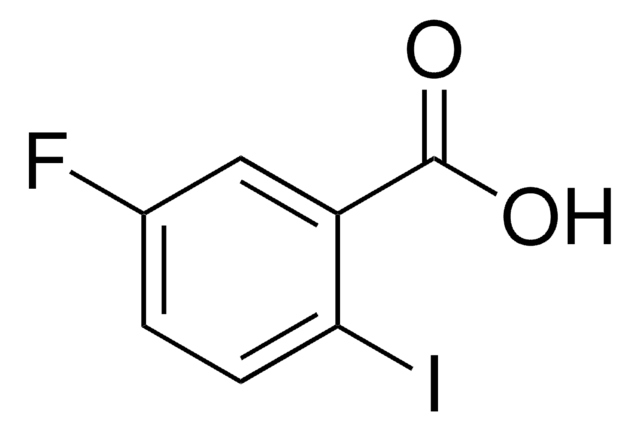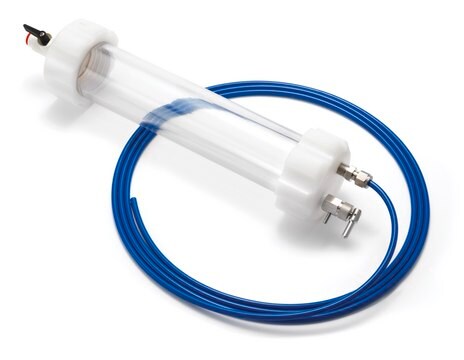MABE1919
Anti-TNRC6ABC Antibody, clone 7A9
clone 7A9, from rat
Synonym(e):
Trinucleotide repeat-containing gene 6A, 6B, and 6C, CAG repeat protein 26, EMSY interactor protein, GW182 autoantigen, Protein GW1, Glycine-tryptophan protein of 182 kDa
About This Item
Empfohlene Produkte
Biologische Quelle
rat
Antikörperform
purified immunoglobulin
Antikörper-Produkttyp
primary antibodies
Klon
7A9, monoclonal
Speziesreaktivität
human
Verpackung
antibody small pack of 25 μg
Methode(n)
immunofluorescence: suitable
immunoprecipitation (IP): suitable
western blot: suitable
Isotyp
IgG2aκ
NCBI-Hinterlegungsnummer
Posttranslationale Modifikation Target
unmodified
Angaben zum Gen
human ... TNRC6B(23112)
Allgemeine Beschreibung
Spezifität
Immunogen
Anwendung
Epigenetik & nukleäre Funktionen
Immunoprecipitation Analysis: A representative lot immunoprecipitated TNRC6ABC in Immunoprecipitation applications (Quevillon Huberdeau, M., et. al. (2017). EMBO J. 36(14):2088-2106).
Qualität
Western Blotting Analysis: 4 µg/mL of this antibody detected TNRC6 in lysate from stably induced HEK 293 cells transfected with TNRC6A, but not in uninduced HEK 293 cells.
Zielbeschreibung
Physikalische Form
Lagerung und Haltbarkeit
Sonstige Hinweise
Haftungsausschluss
Sie haben nicht das passende Produkt gefunden?
Probieren Sie unser Produkt-Auswahlhilfe. aus.
Lagerklassenschlüssel
12 - Non Combustible Liquids
WGK
WGK 1
Flammpunkt (°F)
Not applicable
Flammpunkt (°C)
Not applicable
Analysenzertifikate (COA)
Suchen Sie nach Analysenzertifikate (COA), indem Sie die Lot-/Chargennummer des Produkts eingeben. Lot- und Chargennummern sind auf dem Produktetikett hinter den Wörtern ‘Lot’ oder ‘Batch’ (Lot oder Charge) zu finden.
Besitzen Sie dieses Produkt bereits?
In der Dokumentenbibliothek finden Sie die Dokumentation zu den Produkten, die Sie kürzlich erworben haben.
Unser Team von Wissenschaftlern verfügt über Erfahrung in allen Forschungsbereichen einschließlich Life Science, Materialwissenschaften, chemischer Synthese, Chromatographie, Analytik und vielen mehr..
Setzen Sie sich mit dem technischen Dienst in Verbindung.





